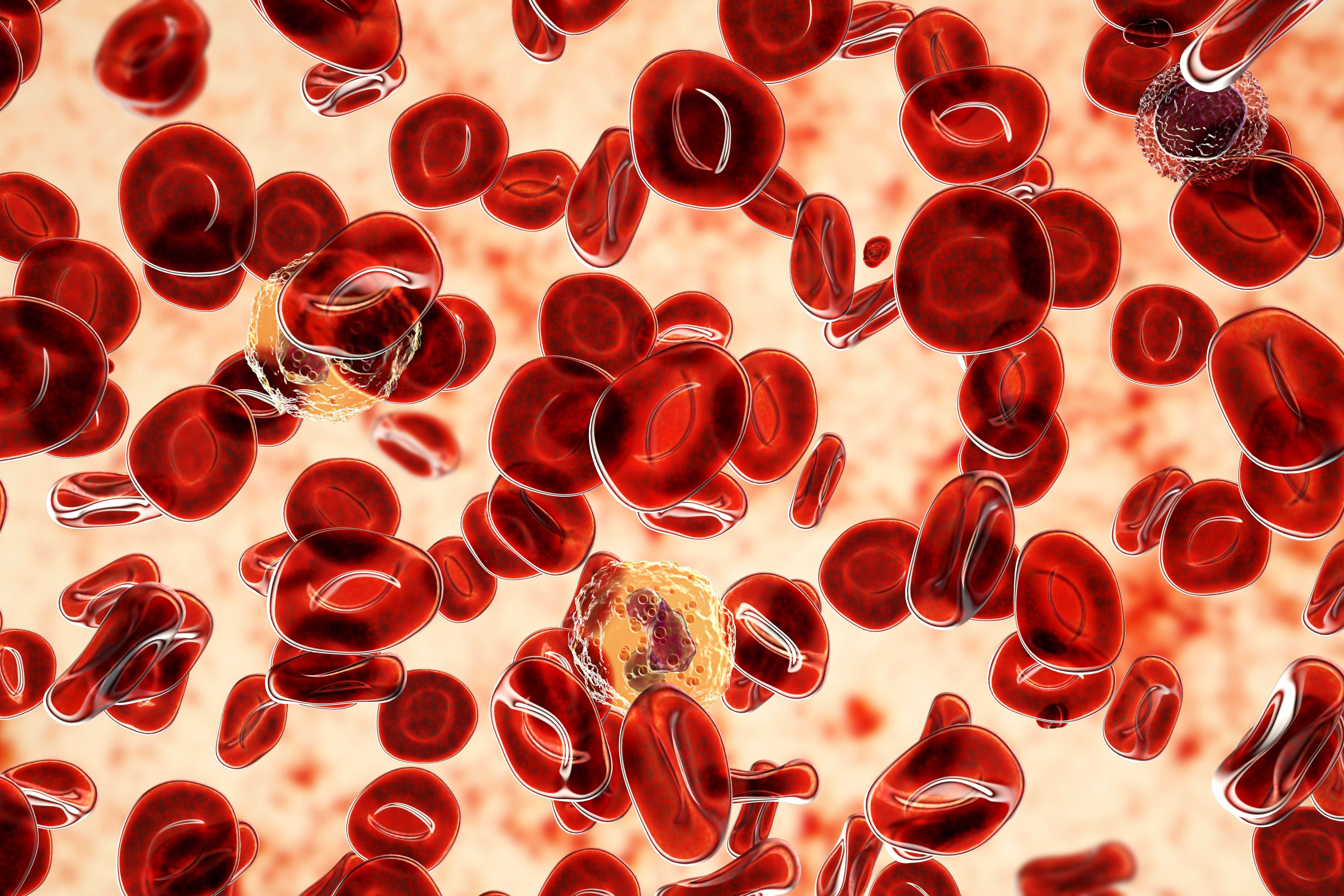Commentary
Article
Elevating Myeloma Care Amidst Complex Treatment Choices
Author(s):
Don M. Benson, MD, PhD, has cared for patients at James Cancer Hospital in Ohio for 22 years, where he and his team see approximately 10,000 patient visits each year.
Last week for our regional Institute for Value-Based Medicine® event, with expert faculty presenters from Cleveland Clinic, Mass General, The Ohio State University (OSU), and University Hospitals, the theme of the evening was, “Elevating Value in Cancer Care.” Don M. Benson, MD, PHD, The Ohio State University Comprehensive Cancer Center, moderated the panel discussion, “Best Practices in Multiple Myeloma—Driven By Patient Outcomes.”
A professor of medicine at OSU, as a hematologist-oncologist, Benson has cared for patients at James Cancer Hospital for 22 years, where he runs the myeloma program and sees close to 10,000 patients visits each year, has an active clinic for clinical trials, and oversees a translational research lab.
The transcript has been lightly edited for clarity.
Transcript
Why are discussions on newly diagnosed patients and care with bispecifics and chimeric antigen receptor (CAR) T cells are especially important right now?
I think because of just the explosion of new data and new knowledge that's come out just in the past few years with, first people who are newly diagnosed. The number of FDA-approved treatment regimens keeps growing and growing.
The decisions around whether somebody is a candidate for a stem cell transplant can complicate some decisions that get made about induction treatment. The challenge is that it's not like some of them are good and some of them are bad—they're all good, they're all fantastic. When I first started, the induction regimen we used worked about 40% of the time, if we were lucky, and these new regimens that come out have response rates that basically are asymptotic to 100%. It's very rare to see a patient with primary refractory myeloma today.
So we chose to talk about that just because of the complexity of triplet regimens, quadruplet regimens, how those decisions impact the decision about stem cell transplant, realizing so much care in the newly diagnosed setting doesn't occur in academic centers, it occurs in the community, in busy community practices. And trying to distill that wealth of clinical trial information and data down to something practical that physicians and care teams can use to take care of that person in front of them that day, I think was our goal in that regard.
The other big explosion has been in CAR T cells and bispecific antibodies. So we have 2 CAR T cells that are FDA approved. We have 3 bispecifics approved. I think there's 2 bispecifics at the FDA now, and this is just going to continue to expand not only in myeloma, but in a variety of different malignancies. The CAR T cells came on the scene a couple of years ago and already one of them is FDA approved as a second-line treatment. There's clinical trials going on comparing CAR T cells to transplant.
These are all moving targets. They're going to change, in real time, in the near-term horizon. So that's a really interesting area. Again, because they're all good. It's not like one is good and one…they're all good. They're all, frankly, miraculous treatments. But who needs which one when? And what's the ROI [return on investment] of a CAR T vs a BiTE [bispecific T-cell engager]? What's the opportunity cost of a CAR T vs a BiTE? Those are the questions where things start to get a little gray.




